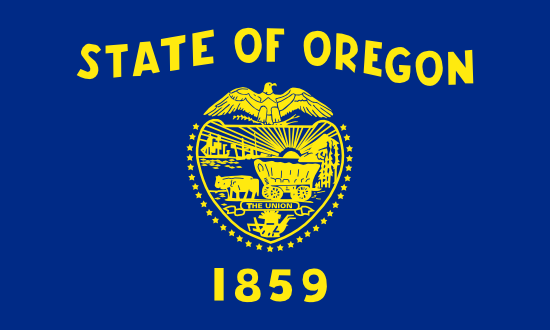
Portland
- County:
- Multnomah County
- County Seat:
- Yes
- Area (mi²):
- 133.488
- State:
- Oregon
Portland is a city located in Multnomah County, Oregon. Portland has a 2025 population of 635,749 . It is also the county seat of Multnomah County . Portland is currently growing at a rate of 0.23% annually but its population has decreased by -2.67% since the most recent census, which recorded a population of 653,166 in 2020.
The median household income in Portland is $88,792 with a poverty rate of 12.77%. The median age in Portland is 38.6 years: 38.5 years for males, and 38.6 years for females. For every 100 females there are 98.8 males.